The hottest part of a chili pepper is the inner membrane (pith), followed closely by the seeds. This is where capsaicin—the compound responsible for the heat—is most concentrated. Understanding this can help you control spice levels in your cooking and avoid accidental burns.
Table of Contents
- Understanding the Heat in Chili Peppers
- The Hottest Part of a Chili Pepper: What Is It?
- Practical Tips for Handling Hot Peppers
- Buying Guide: How to Choose the Right Chili Pepper
- Frequently Asked Questions
- Conclusion
Understanding the Heat in Chili Peppers
When you bite into a chili pepper, the burning sensation you feel is due to a compound called capsaicin. This natural alkaloid is what gives chili peppers their heat. Capsaicin doesn’t just sit on the surface—it’s concentrated in specific parts of the pepper. Understanding where that heat really lives can help you control the spice level in your cooking.
The Scoville scale is used to measure the heat of chili peppers. It tells you how much capsaicin is present. For example, a jalapeño might be around 2,500–8,000 Scoville units, while a habanero could be as high as 100,000–350,000. But even within one pepper, the heat isn’t evenly distributed.
The Hottest Part of a Chili Pepper: What Is It?
Chili peppers contain oil-based compounds that store capsaicin. These oils are most concentrated in two main areas:
- Seeds: They’re packed with capsaicin, especially if the pepper has been matured or dried.
- Inner Membranes (Pith): This is the white, spongy tissue that lines the inside of the pepper. It’s where the majority of the heat resides.
While the skin and outer flesh do have some capsaicin, they’re generally less intense than the seeds and pith. That said, some people find the skin of certain peppers, like ghost peppers or Carolina reapers, to be surprisingly spicy.
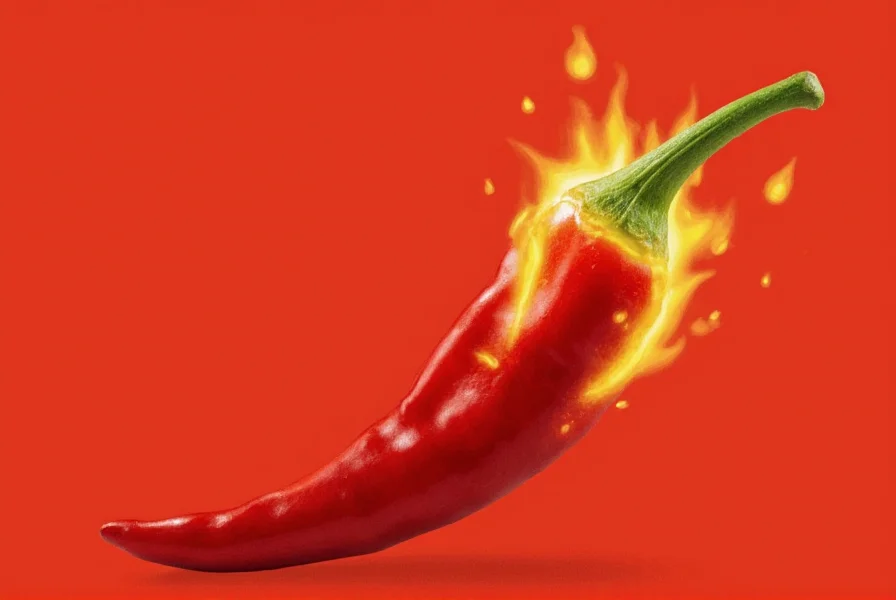
Practical Tips for Handling Hot Peppers
Whether you're a seasoned chef or a home cook, here are some essential tips for working with hot peppers without ending up with a burned mouth:
- Wear gloves when cutting or handling hot peppers. Capsaicin can transfer to your hands and cause irritation if you touch your face or eyes.
- Use a knife and cutting board that you don’t mind getting stained. Capsaicin can leave a lingering smell and color.
- Remove the seeds and pith first if you want to reduce the heat. This is especially useful if you're making salsa, sauces, or stuffed peppers.
- Rinse your hands thoroughly with water or soap after handling peppers. Avoid using your bare hands to touch your face or eyes.
- Have milk or yogurt nearby. These can help neutralize the heat if you accidentally ingest too much capsaicin.
Buying Guide: How to Choose the Right Chili Pepper
| Pepper Variety | Scoville Units | Heat Level | Best Use | Features |
|---|---|---|---|---|
| Jalapeño | 2,500–8,000 | Mild to Medium | Salsa, Quesadillas, Stuffed Peppers | Crunchy, slightly sweet |
| Habanero | 100,000–350,000 | Hot | Hot sauces, Salsas, Caribbean Dishes | Smoky, fruity, very spicy |
| Ghost Pepper | 1,000,000+ | Extremely Hot | Spicy Snacks, Challenge Foods | Intense heat, rare variety |
| Chipotle | 2,500–8,000 | Mild to Medium | Stews, BBQ Sauces, Mexican Dishes | Dried and smoked, smoky flavor |
For those who enjoy a bit of heat but aren't looking for extreme spiciness, jalapeños and poblanos are great starting points. If you're up for a challenge, try habaneros or ghost peppers—but be warned, these can be overwhelming for beginners.
Pro Tip: When buying fresh peppers, look for firm, glossy skins without any soft spots or wrinkles. Dried peppers should be brittle and have a strong aroma.
Frequently Asked Questions
What is the hottest part of a chili pepper?
The hottest part of a chili pepper is the inner membrane (also called the pith or placenta), followed closely by the seeds. Contrary to popular belief, the seeds themselves aren't the main source of heat—they absorb capsaicin from the surrounding membrane.
Why are the seeds and pith the hottest parts of a chili pepper?
The white inner membrane (pith) contains the highest concentration of capsaicin-producing glands. The seeds are attached to this membrane and absorb some of the capsaicin, making them very spicy as well, though they don't actually produce the heat compound themselves.
Does the heat level vary between different chili pepper varieties?
Yes, different chili varieties have vastly different heat levels. For example, bell peppers contain zero capsaicin (0 Scoville units), while Carolina Reaper peppers can reach over 2 million Scoville Heat Units. Even within the same variety, heat can vary based on growing conditions.
Can I reduce the heat of a chili pepper by removing certain parts?
Absolutely. To significantly reduce heat, carefully remove the white inner membranes and seeds. The outer flesh contains much less capsaicin. For milder dishes, this technique is essential when using hot pepper varieties.
Is it true that drinking water helps if you eat something too spicy?
Actually, water isn't the best remedy for capsaicin burn. Since capsaicin is oil-based, it doesn't dissolve in water. Dairy products like milk or yogurt (which contain casein) are much more effective at neutralizing the burning sensation, as are starchy foods like bread or rice.
Conclusion
So, what is the hottest part of a chili pepper? The answer lies in the seeds and inner membranes. These are where the capsaicin concentration is highest, making them the true source of the heat. By understanding where the heat is located, you can better control the spiciness in your recipes and avoid accidental burns.
Whether you're a spice enthusiast or a curious beginner, mastering the art of handling chili peppers can elevate your cooking to new heights. With the right tools, techniques, and knowledge, you can confidently explore the world of spicy flavors—without turning your kitchen into a fiery disaster.
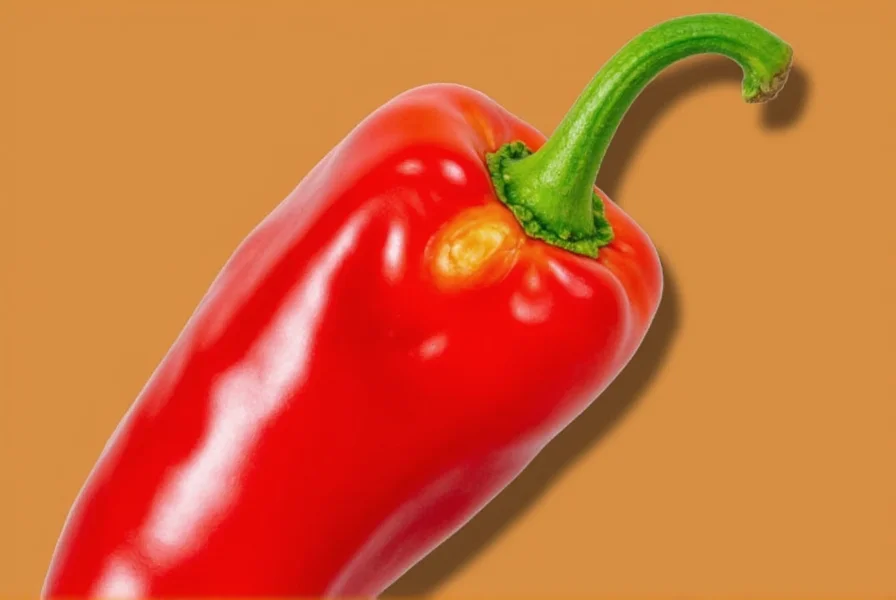
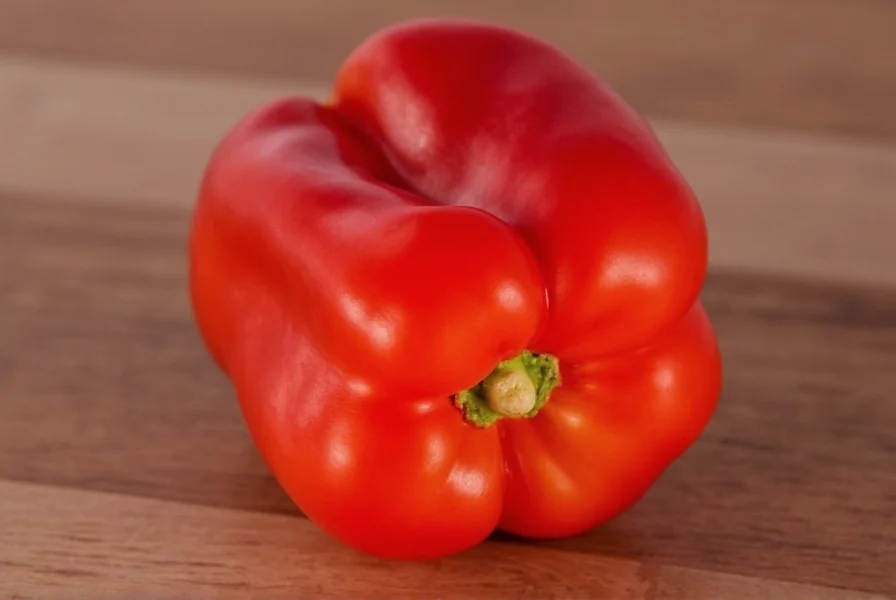
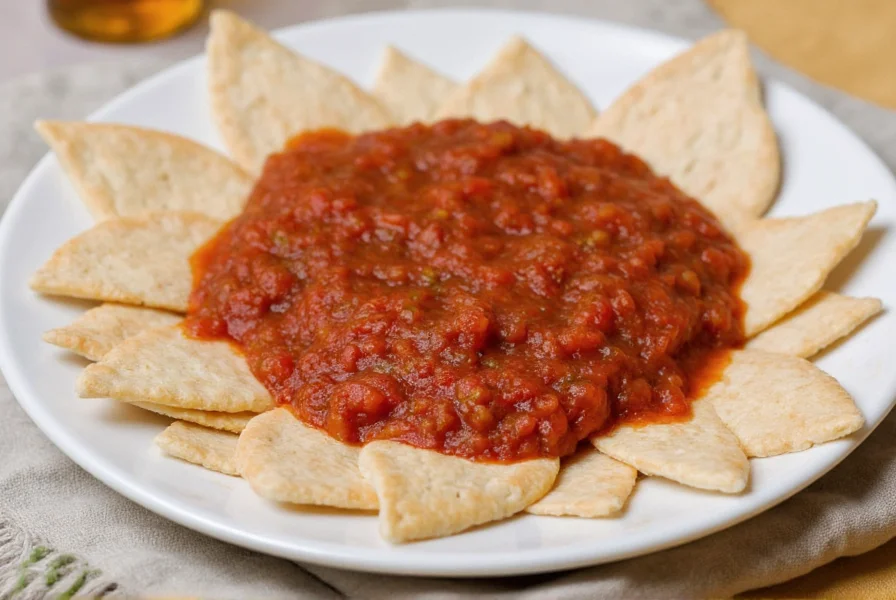
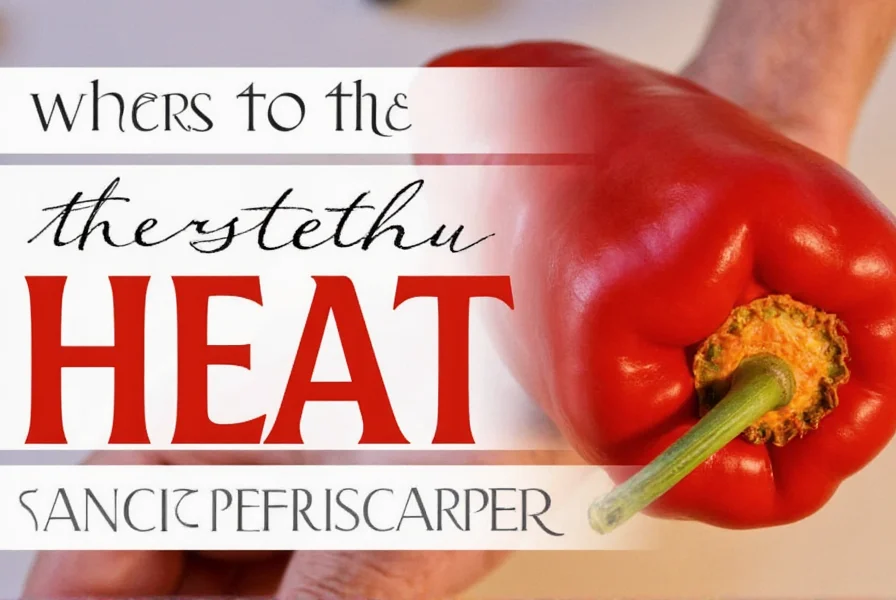

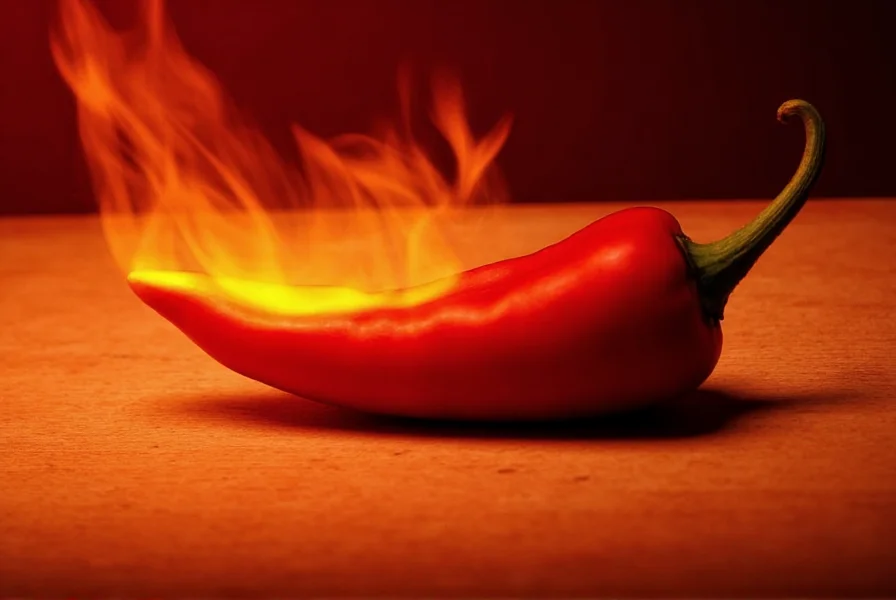









 浙公网安备
33010002000092号
浙公网安备
33010002000092号 浙B2-20120091-4
浙B2-20120091-4